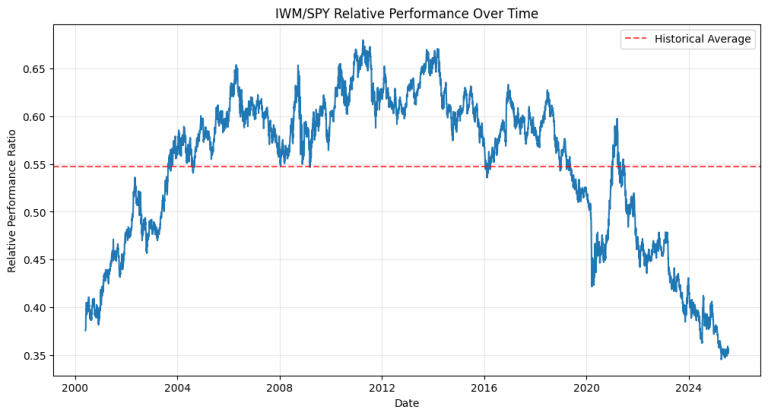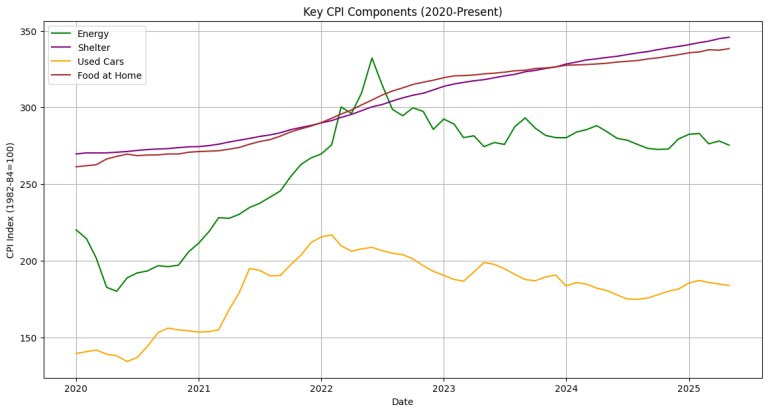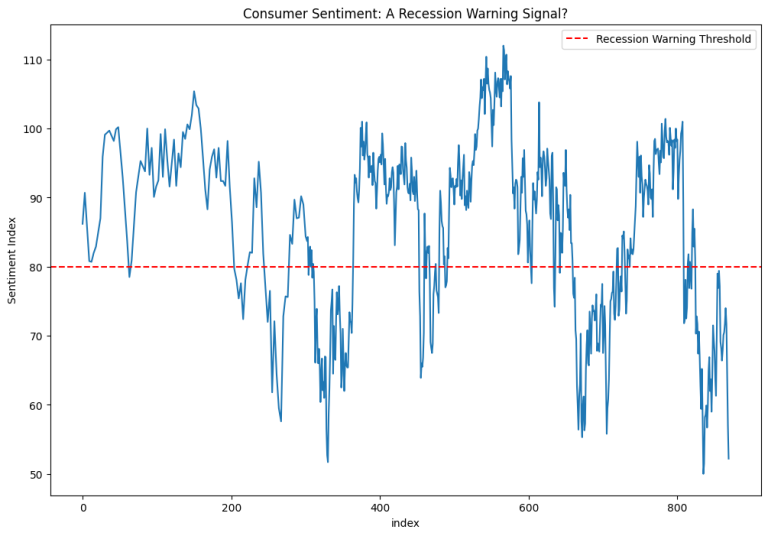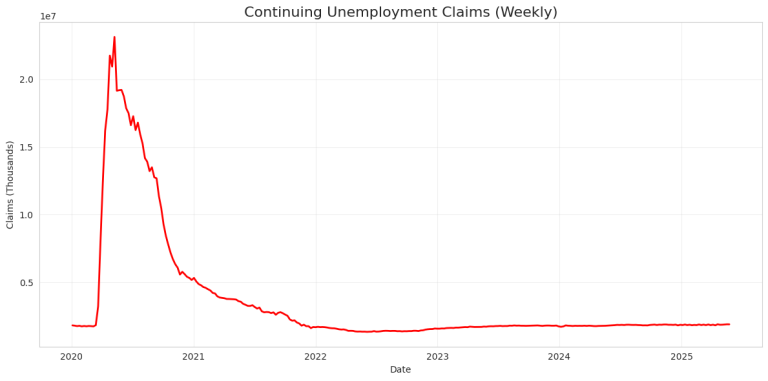The Road to Autonomy: Modeling Waymo’s Revenue Trajectory (2026-2028)
The autonomous vehicle (AV) landscape is rapidly shifting from a high-R&D endeavor to a commercial reality. As we move through the final quarter of 2025, Alphabet’s (GOOGL) Waymo has established a commanding lead in the US robotaxi market. With the technology proving viable and the initial phases of commercialization successful, the critical question for investors…








